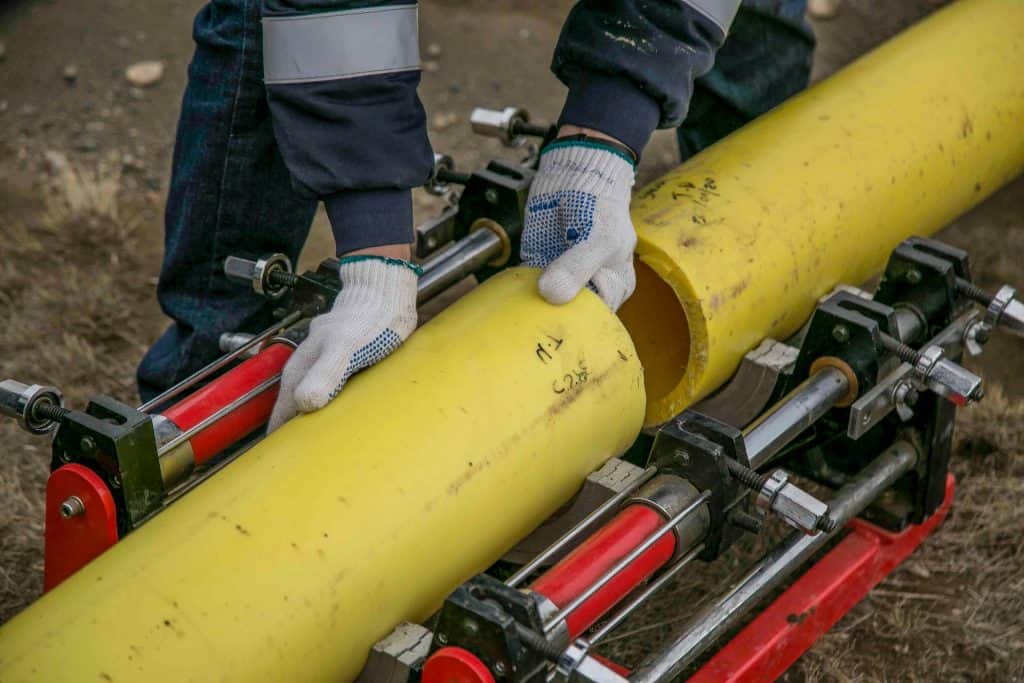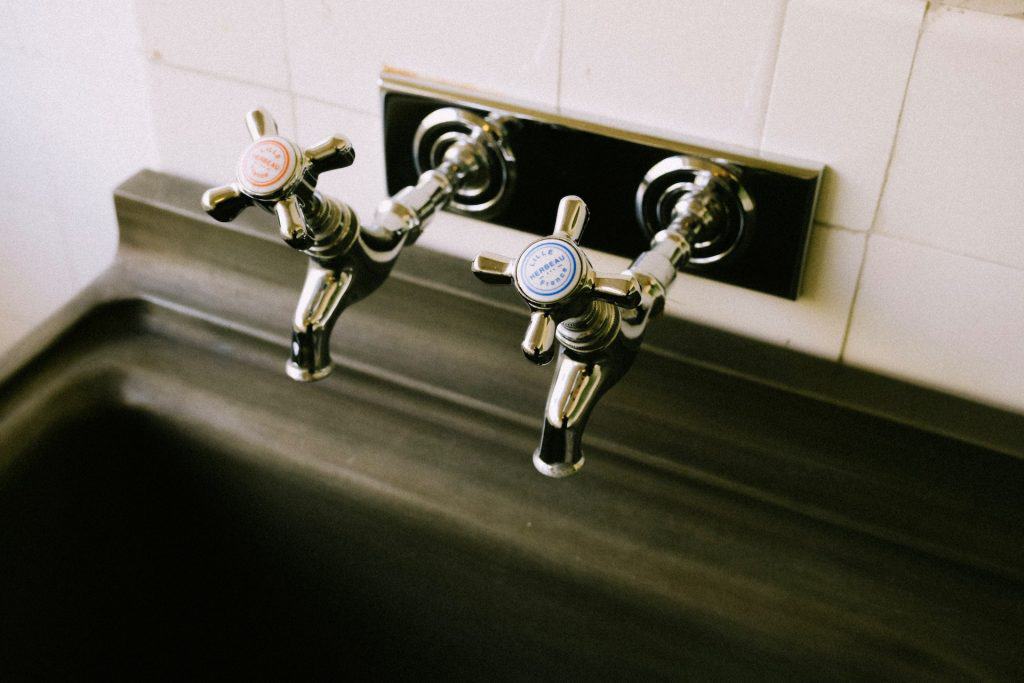Water is a precious resource, and as environmental awareness grows, so does the importance of conserving it. In our daily lives, one area where we can make a significant impact is through our plumbing systems.
Traditional plumbing setups often lead to excessive water waste and higher utility bills. However, by adopting green plumbing solutions, we can reduce water consumption, conserve resources, and save money in the process.
Upgrade to High-Efficiency Fixtures
One of the simplest yet most effective ways to reduce water waste is by upgrading to high-efficiency plumbing fixtures. Older toilets, faucets, and showerheads can be major culprits in wasting water.
There is a program known as the WELS (Water Efficiency Labelling and Standards) scheme, sponsored by the Australian Government, which identifies water-efficient products that meet specific performance criteria.
For example, high-efficiency toilets (HETs) use less water per flush while maintaining their flushing power, saving gallons of water with every use. Low-flow faucets and showerheads restrict water flow without compromising the overall experience, helping conserve water during routine activities like washing hands and taking showers.

Fix Leaks Promptly
Even a small leak can result in thousands of gallons of wasted water over time. Therefore, it is essential to fix leaks promptly to avoid unnecessary water waste and costly water bills.
Conduct regular inspections around your home to check for any signs of leakage, such as dripping faucets, running toilets, or damp spots on walls or ceilings. Some leaks may be easily fixable with simple adjustments, while others may require the expertise of a professional plumber.
Harvest Rainwater
Harvesting rainwater is an innovative and eco-friendly way to reduce your dependence on municipal water sources. Installing a rainwater harvesting system involves collecting and storing rainwater from rooftops and other surfaces. This collected water can then be used for various non-potable purposes, such as watering plants, flushing toilets, or washing your car.
Not only does rainwater harvesting conserve precious freshwater resources, but it also helps alleviate the strain on stormwater systems during heavy rainfall. Additionally, some regions offer incentives or rebates for homeowners who invest in rainwater harvesting systems, making it a cost-effective and environmentally friendly solution.
Insulate Water Pipes
Insulating your water pipes is a simple yet effective technique to save both water and energy. In colder climates, uninsulated pipes are prone to freezing, leading to pipe bursts and water wastage when the pipes thaw. By wrapping your water pipes with insulation, you can prevent freezing and ensure that water reaches its destination without any loss due to leaks.
Furthermore, insulated hot water pipes reduce the time it takes for water to reach the desired temperature, reducing the amount of water wasted while waiting for it to heat up. Additionally, consider installing a recirculation pump for your hot water system to further minimise water waste and enhance energy efficiency.
Install a Tankless Water Heater
Traditional water heaters store hot water in a tank, constantly using energy to maintain the temperature even when not in use. In contrast, tankless water heaters, also known as on-demand water heaters, only heat water when you need it.
By eliminating the need for a storage tank, tankless water heaters not only save energy but also reduce water waste. You no longer have to run the faucet and wait for the water to heat up, avoiding the unnecessary discharge of cold water.
Additionally, tankless water heaters have a longer lifespan than traditional ones, reducing the frequency of replacements and electronic waste. While the upfront cost of a tankless water heater may be higher, the long-term benefits in terms of energy and water savings make it a worthwhile investment.
Opt for Greywater Recycling
Greywater refers to the relatively clean wastewater generated from activities like washing hands, doing laundry, or taking a shower. Instead of allowing this water to flow down the drain, it can be recycled for non-potable uses such as irrigating gardens or flushing toilets. Greywater recycling systems capture, filter, and store the water for later use, reducing the demand for freshwater.
Before implementing a greywater recycling system, familiarise yourself with local regulations and safety guidelines. Also, ensure that the products and detergents you use are suitable for recycling to avoid harming your plants or soil.
Use Water-Saving Appliances
Modern appliances come equipped with water-saving features that can significantly reduce water consumption in your household. When shopping for new dishwashers or washing machines, look for models with high Water Efficiency Ratings (WERs) or Energy Star labels. These appliances are designed to use less water while still providing efficient cleaning and washing performance.
Moreover, be mindful of your usage patterns and run full loads whenever possible to maximise water efficiency. Avoid using dishwashers or washing machines for small loads, as this can lead to unnecessary water waste.

Adopt Responsible Water Practices
Beyond installing green plumbing fixtures and systems, simple daily habits can also contribute to water conservation. Encourage your family members to turn off the tap while brushing their teeth or lathering soap during handwashing. Teach children the importance of water conservation from an early age and lead by example to create a water-conscious household.
Furthermore, consider collecting excess water from cooking or boiling vegetables and repurposing it for watering plants once it cools down. Every drop saved counts towards preserving our planet’s most vital resource.
Conclusion
Incorporating green plumbing solutions into your home not only helps reduce water waste but also contributes to environmental conservation and lowers your utility bills. By implementing practices such as upgrading to high-efficiency fixtures, fixing leaks promptly, harvesting rainwater, insulating water pipes, installing a tankless water heater, opting for greywater recycling, and using water-saving appliances, you can create a more sustainable and eco-friendly household.
Remember that every small change adds up, and collectively, we can make a significant positive impact on the environment. Embrace these water-saving strategies, not just for the sake of saving money but also to contribute to the well-being of our planet for generations to come. Let us take responsibility for our water usage and join hands in preserving this invaluable resource for a greener future.
Ryan is a professional copywriter from Ryan’s Copywriting. He has a passion for writing and sharing information.